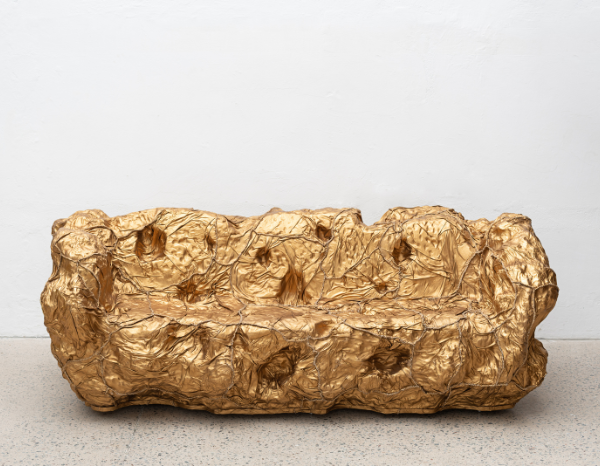
Campana Brothers show at Luciana Brito Galeria for the first time
Dissolving the barriers between the artistic expressions, the partnership affirms the gallery’s aim to increasingly embrace multidisciplinarity in its activity.
Read More
Dissolving the barriers between the artistic expressions, the partnership affirms the gallery’s aim to increasingly embrace multidisciplinarity in its activity.
Read More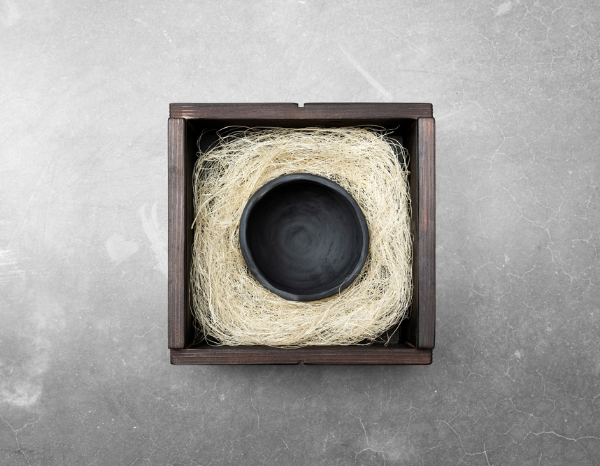
With the help and collaboration of Cooperativa 1050º, a cooperative of potters from Oaxaca, Puebla and Chiapas, and led by Kythzia Barrera, Tiravanija worked on special designs for vases, cups and other vessels that were shown in the exhibition.
Read More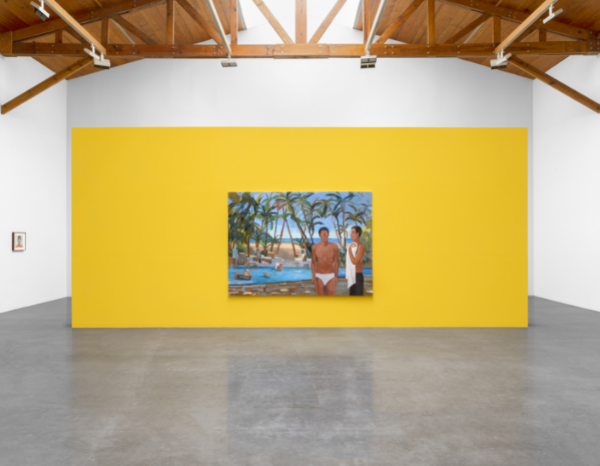
Evoking high summer in Nayarit, this series of oil paintings explore the hidden images and forgotten or imagined stories of life in the tropics in rainy season.
Read More
Working together for a decade now, Bárbara Wagner and Benjamin de Burca have been producing films and video-installations in dialogue with other artists connected to sound and stage. Learn more about their practice and recent exhibitions.
Read More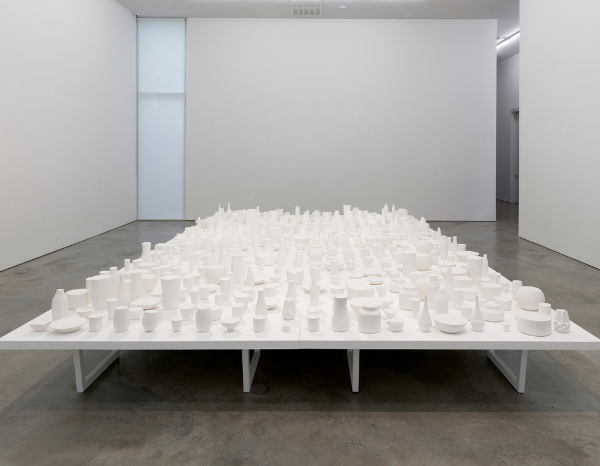
The exhibition features an installation of five hundred plaster casts of the empty interiors of vessels and a coordinating wall installation comprised of fifty embossed prints made from metal casts of the plaster sculptures.
Read More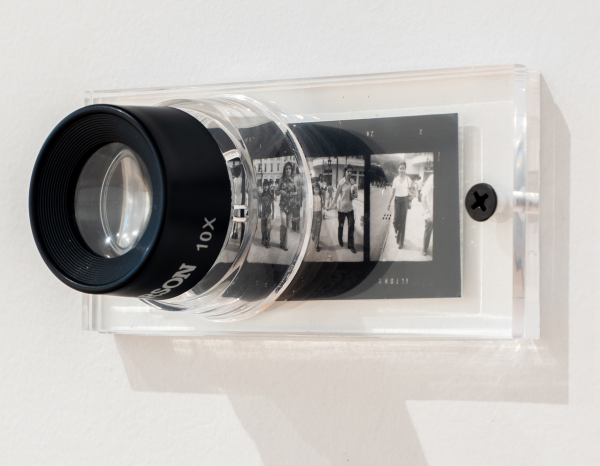
Experience the show through installation views and a text by Blanton Museum of Art curator Vanessa K. Davidson.
Read More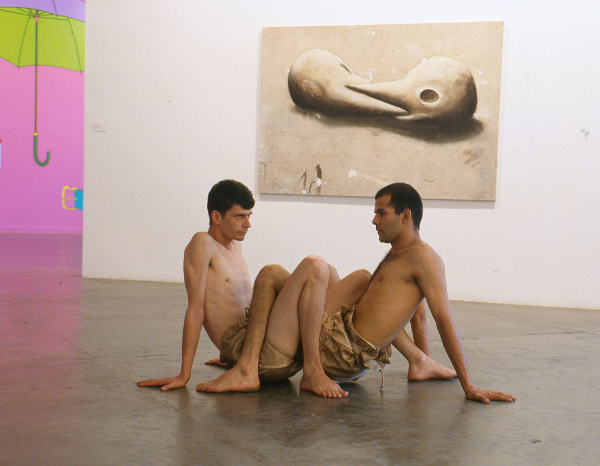
Known as one of the best Biennials ever made, the “Biennial of Anthropophagy” had as general curator Paulo Herkenhoff and as assistant curator Adriano Pedrosa.
Read More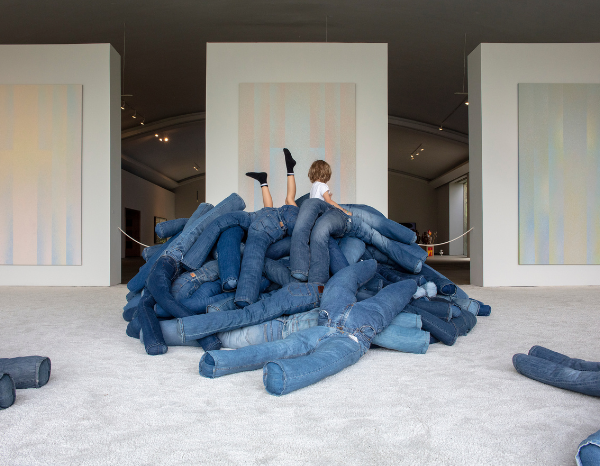
LAGO/ALGO is a new living and cultural hub located in the heart of the Chapultepec forest, the green lung of Mexico city and the largest urban park worldwide. Learn more about it through our interview with its creative director.
Read More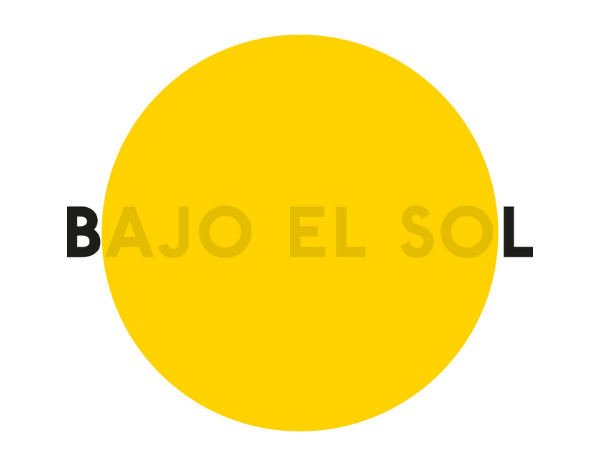
With this project the gallery highlights the importance of enabling conversations across disciplines and creating a space to highlight the pathways of connection, practice-building and narrative embodiment that exists in individual and collective practices across the Global South.
Read More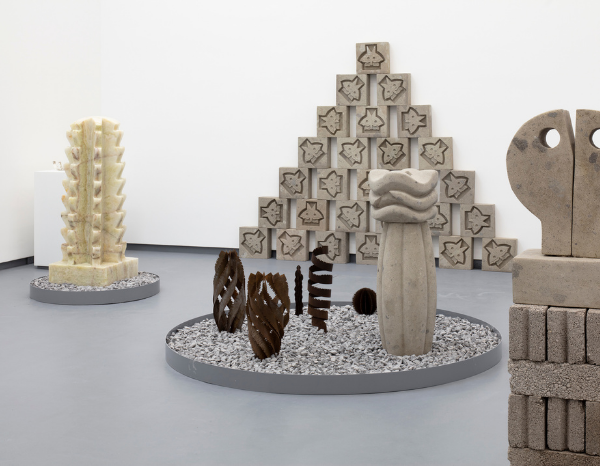
Read text by Daniel Garza Usabiaga in which they share the journey of Ángela Gurría’s practice. This text was shared alongside for the solo ‘Escuchar la materia’.
Read More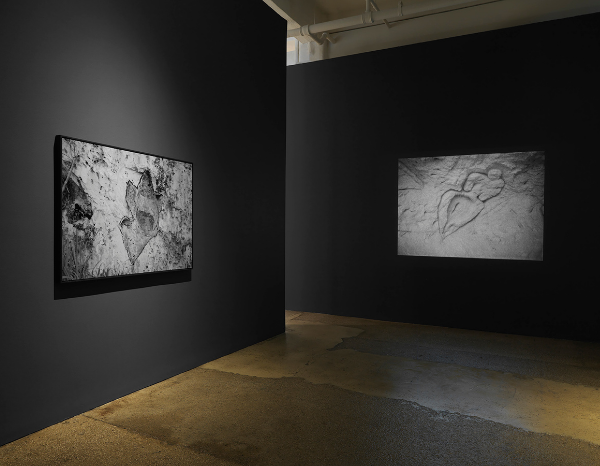
The solo exhibition ‘La tierra habla’ followed Mendieta’s journey to three different sites in Cuba: Jaruco, Varadero, and Guanabo. Following the completion of her now well-known ‘Silueta Series’ (1973–80), the artist’s works in Cuba demonstrate an evolving, more sculpturally-inclined practice as well as her increasing comfort with working on a grander scale.
Read More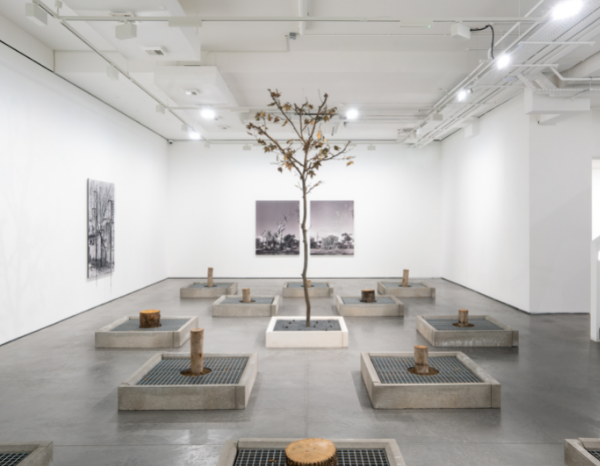
This exhibition was Carlos Garaicoa’s debut exhibition at Goodman Gallery, London. Garaicoa is one of Cuba’s most significant contemporary artists. Through a multidisciplinary approach, Garaicoa addresses issues of culture and politics with a reflexive lens into architecture, urbanism and history.
Read More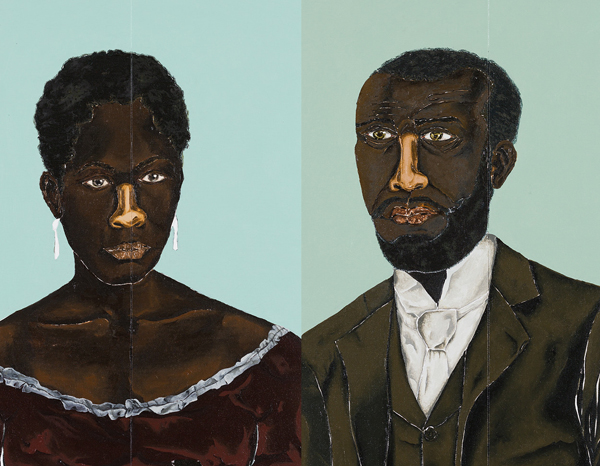
Histórias afro-atlânticas (Afro-Atlantic Histories) was the second in the “historias” series, taking place across two major venues in São Paulo in 2018 – Museu de Arte de São Paulo Assis Chateaubriand (MASP) and Instituto Tomie Ohtake. The exhibition was motivated by an exploration of parallels and frictions across what Paul Gilroy termed the Black Atlantic, considering the visual cultures of Afro-Atlantic territories – their experiences, creations, patterns of worship and philosophy.
Read More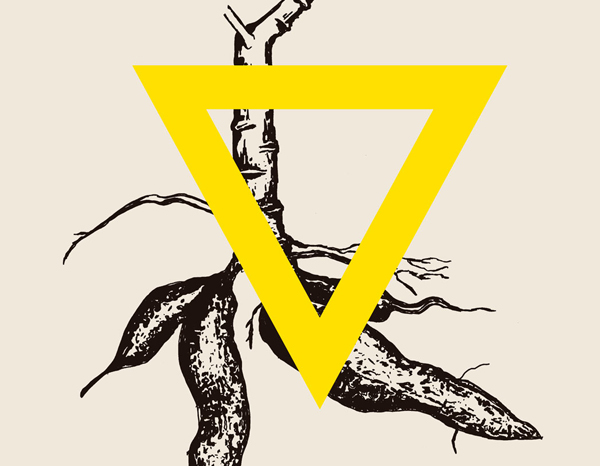
The 32nd Bienal de São Paulo, INCERTEZA VIVA (Live Uncertainty), in 2016 proposed to look at notions of uncertainty and the strategies offered by contemporary art to embrace or inhabit it.
Read More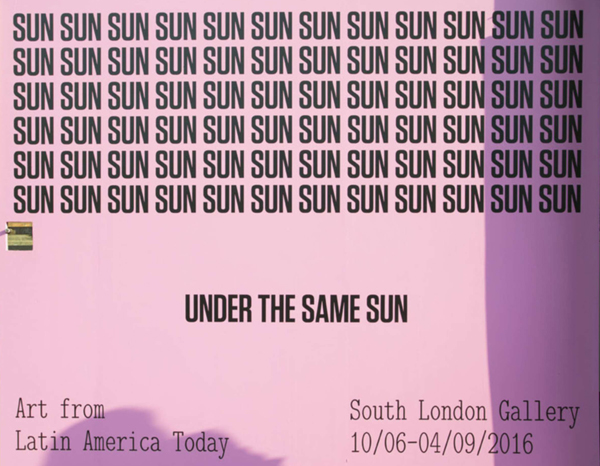
Under the Same Sun: Art from Latin America Today, forming part of the Guggenheim UBS MAP Global Art Initiative, presented a nuanced reconsideration of contemporary art in Latin America. According to curator Pablo León de la Barra, this extensive show aimed to present “a diversity of creative responses to a rich cultural context shaped by colonialism, civil conflict, economic crisis, social inequality, and repression – as well as by intervals of growth and the emergence of parallel modernities”.
Read More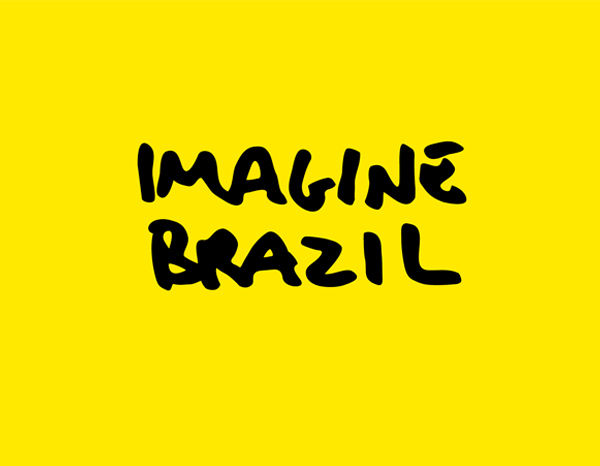
In a powerful research project initiated by Astrup Fearnley Museet, Imagine Brazil showcased Brazilian contemporary art through a compelling curatorial approach. Exhibition curators Gunnar B. Kvaran, Hans Ulrich Obrist and Thierry Raspail invited a group of emergent Brazilian artists to produce new work, and in addition select an older artist who they considered influential, to accompany them in the exhibition.
Read More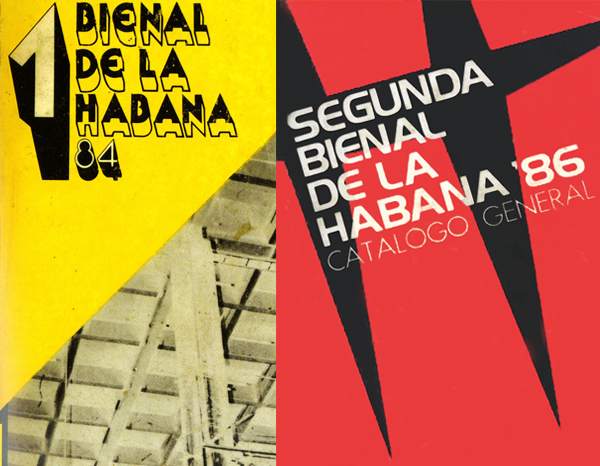
The Bienal de la Habana, when first established in 1984 offered a singular and crucial meeting place for art from the region, exhibiting artists solely from Latin America and the Caribbean. In the second edition in 1986, the Bienal included art from Africa, Asia and the Middle East, becoming one of the most important platforms for artists from outside the West.
Read More